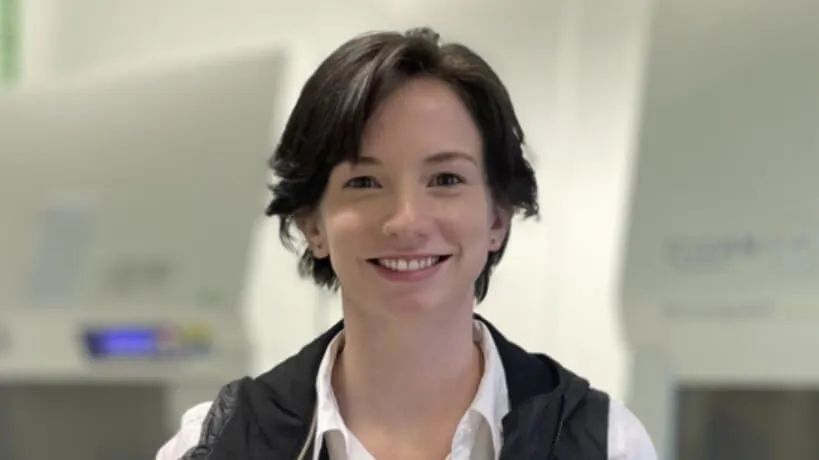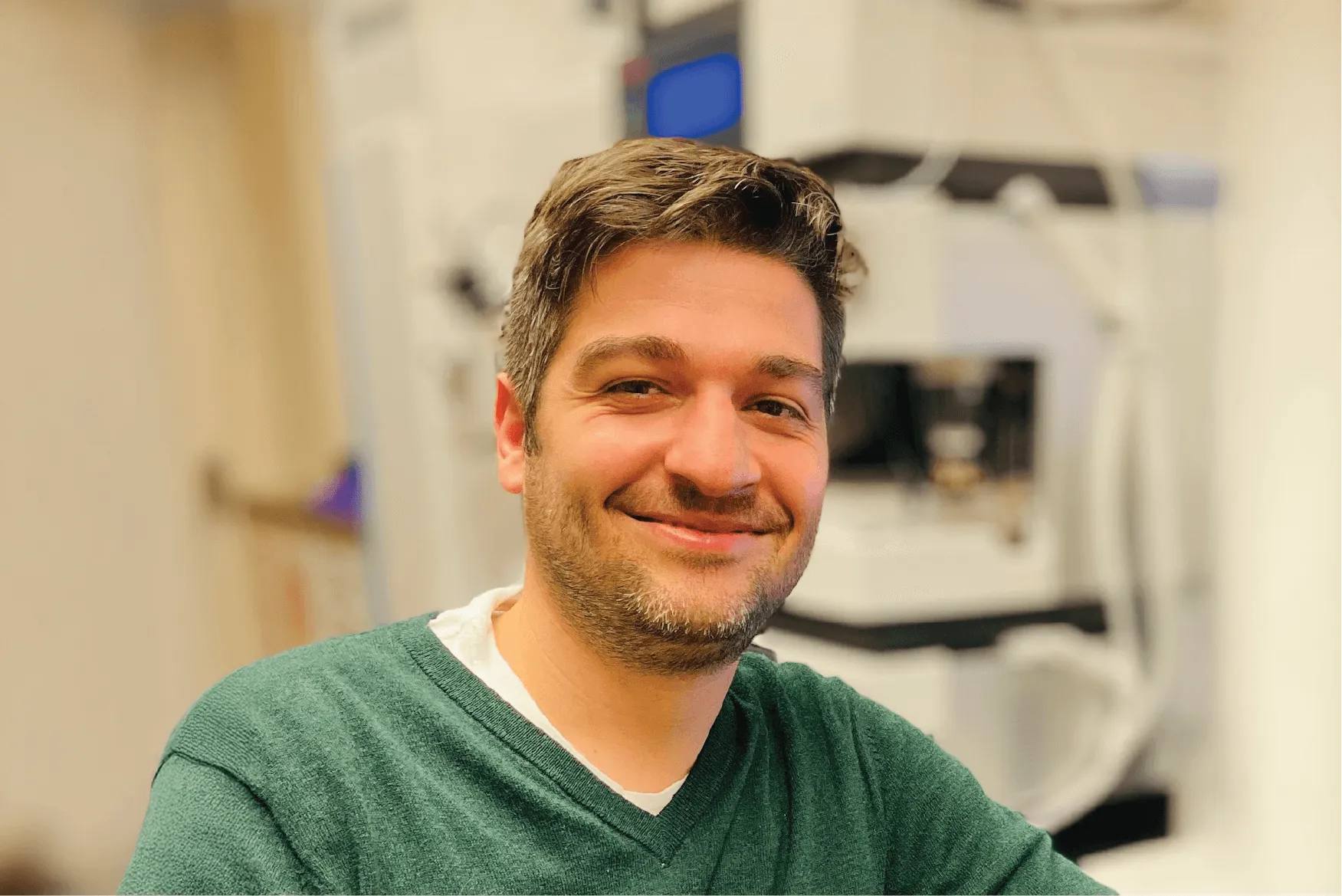Meet the new UVM Cancer Center ‘Cancer Host and Environment’ Member -- Kaitlin McCreery, Ph.D.
What brought you to UVM?
I grew up in the rural mountain community of Brevard, North Carolina, so when I visited Burlington, I immediately felt at home. I love being close to nature, but also surrounded by people who are passionate about making a difference. UVM is a place where both of those things come together — a strong sense of community and a real commitment to impactful research. Also, Vermont offers a great balance between scientific ambition and quality of life, which is important for me and my team.
Why did you join the UVM Cancer Center?
I joined the UVM Cancer Center because of the collaborative environment and the opportunity to connect fundamental science with clinical impact. I believe that the best science happens when people from different backgrounds and perspectives come together, and I felt that this center fosters exactly that kind of exchange. The vibrant medical research happening at UVMCC really inspired me, and I’m excited to be part of it.
Tell us about your research. What is the biggest takeaway?
My lab studies how mechanical forces and the physical environment influence cell behavior, particularly in the context of tissue organization and disease. Cells are constantly interpreting mechanical cues, and this influences their fate decisions. One key takeaway is that mechanics and biochemistry are not separate — they are deeply intertwined and contribute to the complexity of biology. Understanding this integration can help explain how tissues maintain homeostasis and what goes wrong in disease, including cancer.
Why cancer research?
Cancer research is incredibly challenging and fascinating because it touches on so many fundamental questions in biology: how cells sense and respond to their environment, how they grow and change, and how these processes can go wrong. The possibility to contribute a piece of fundamental understanding that might one day help patients is a big motivation for me. But I’m also drawn to the complexity of cancer — it pushes us to think creatively and connect ideas across fields.
Do you work with trainees? If so, what do they add to your research?
I work with all levels of trainees, medical students, future scientists, and engineers. They are the heartbeat of the lab. Their curiosity and fresh perspectives challenge me to think differently and ask new questions. I believe that science is a team effort, and I try to create an environment where everyone feels comfortable sharing ideas and contributing to shaping the direction of our work.
What is an interesting fact about you/something you would want people to know?
Outside of science, I love spending time outdoors, cycling, hiking, camping, and exploring new places, which was another reason I was excited to move to Vermont. I do some of my best thinking when I’m active and outside.

